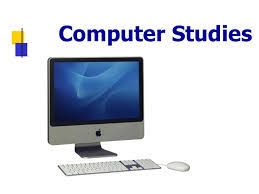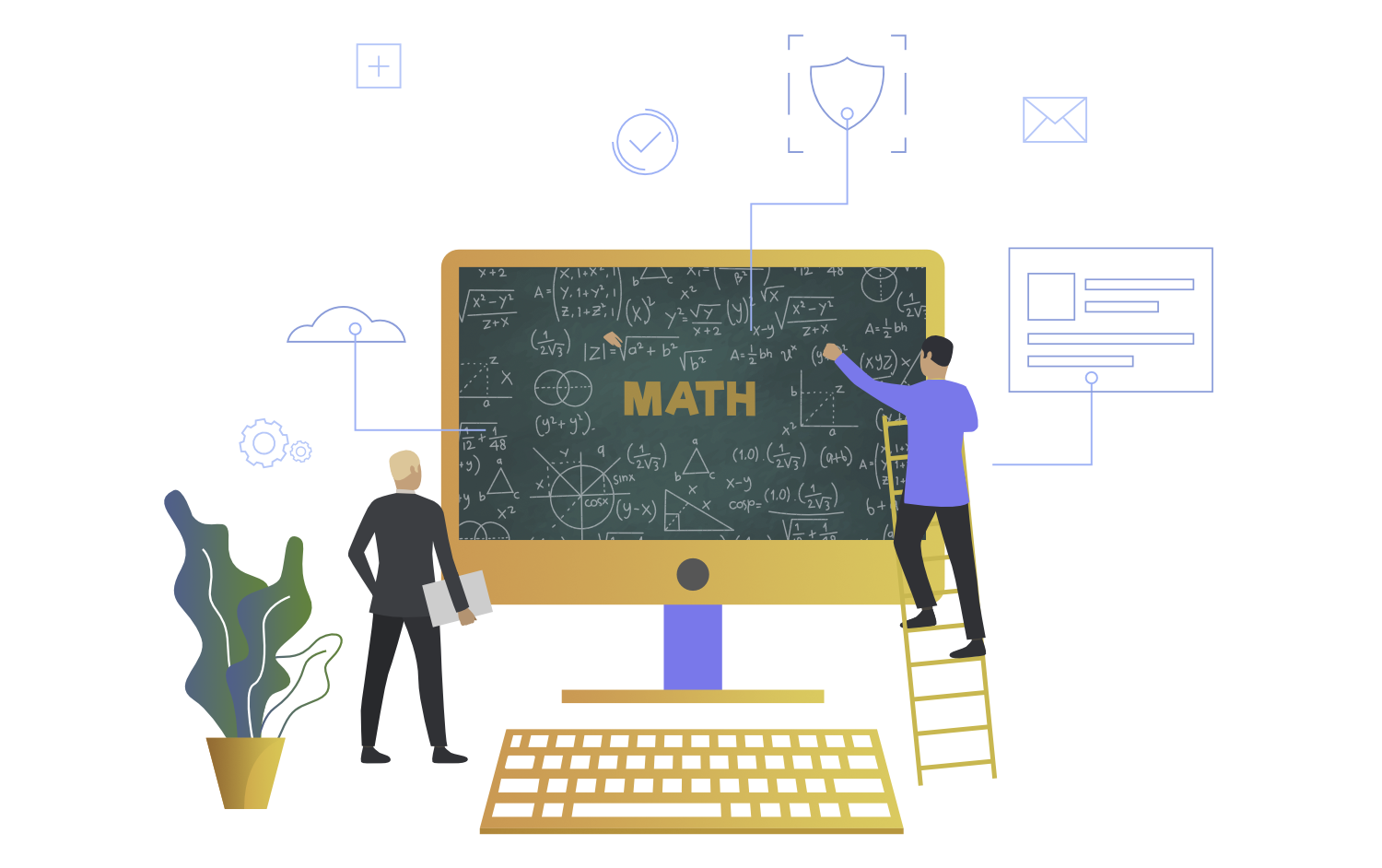Available courses
THIS COURSE IS CONCERNED WITH LAW WHICH APPLIES TO BUSINESS TRANSACTIONS
- Lecturer: Fredrick Sichilongo
- Lecturer: John Tebeka
- Lecturer: John Tebeka
THIS COURSE IS CONCERNED WITH BASICS OF COMMERCIAL LAW
- Lecturer: Fredrick Sichilongo
This course runs through out the duration of the program
- Lecturer: Fredrick Sichilongo
- Lecturer: Ndandula Mwapa
- Lecturer: Clement Chisembe
- Lecturer: Dennis Kambilombilo
- Lecturer: Mabvuto Longwe
You are expected to read carefully the tasks to be given to you. At the end of the course you will be expected to show that the school mathematics issues are critically analysed and show that learners will benefit from your learning this course.
- Lecturer: Clement Chisembe
- Lecturer: Charity Kolala
- Lecturer: Mabvuto Longwe
- Lecturer: Saidi Mwanamonga
- Lecturer: Charity Kolala
- Lecturer: Mabvuto Longwe
- Lecturer: Saidi Mwanamonga
- Lecturer: Florence Musonda
- Lecturer: Crispin Ngoma
- Lecturer: Jasiel Soko
- Lecturer: Josephine Nkhoma
It has been noted with concern that some Teachers of Mathematics and Science don't venture into teaching Additional Mathematics and Pure Sciences, it is in this regard that this course was introduced to bridge up the gap between the Degree Course Content and the Secondary School syllabus Content. In this course you will learn the Pedagogical Content knowledge of the Secondary School concepts in both Ordinary Level Mathematics and Additional Mathematics Level. The Course Outline of the course is a combination of the two Syllabi.
- Lecturer: Damascus Madalitso Tembo
- Lecturer: Junipher Mayenge
- Lecturer: Reuben Mbewe
- Lecturer: Paxyldah Muma
Food and Nutrition is a course that will not only prepare you to go and teach the learners in school, it will also equip you with the knowledge of the importance of food to the human body and how the body uses food for its survival. Further, it provide information on the individual foods and their importance to the human diet.
- Lecturer: Hildah Mutale Chirwa
- Lecturer: Josephine Nkhoma
This is a second year course which builds on the financial accounting course which was done in the first year
- Lecturer: Fredrick Sichilongo
- Lecturer: Evans Kumwenda
- Lecturer: Joan Mwamba
- Lecturer: Clement Chisembe
- Lecturer: Ferdinand Kapompole
- Lecturer: Damascus Madalitso Tembo
- Lecturer: Ferdinand Kapompole
- Lecturer: Damascus Madalitso Tembo
- Lecturer: Mabvuto Longwe
- Lecturer: Damascus Madalitso Tembo
- Lecturer: Mabvuto Longwe
- Lecturer: Damascus Madalitso Tembo
- Lecturer: Clement Chisembe
- Lecturer: Ferdinand Kapompole
- Lecturer: SAMUEL KOJI
- Lecturer: Mabvuto Longwe
- Lecturer: Gesias Phiri
- Lecturer: Joseph Sakayombo
- Lecturer: Damascus Madalitso Tembo
- Lecturer: Mabvuto Longwe
- Lecturer: Damascus Madalitso Tembo
- Lecturer: Clement Chisembe
- Lecturer: Shadreck Chitoshi
- Lecturer: Ferdinand Kapompole
- Lecturer: SAMUEL KOJI
- Lecturer: Mabvuto Longwe
- Lecturer: Gesias Phiri
- Lecturer: Joseph Sakayombo
- Lecturer: Damascus Madalitso Tembo
- Lecturer: Ferdinand Kapompole
- Lecturer: Mabvuto Longwe
- Lecturer: Damascus Madalitso Tembo
- Lecturer: Kabwe Makubalo
- Lecturer: MELEKA MUMBA

- Lecturer: Kabwe Makubalo
- Lecturer: Margaret Malunga

- Lecturer: Kabwe Makubalo
- Lecturer: Margaret Malunga

- Lecturer: Pius Chongo
- Lecturer: Kabwe Makubalo
- Lecturer: Margaret Malunga
- Lecturer: Kennedy Musenge
- Lecturer: Mark Mwale
- Lecturer: Shadreck Chitoshi
- Lecturer: Shadreck Chitoshi
The course is an extension of the Calculus encountered in the second year of university mathematics. It is the generalization for the notion of functions that may have multiple inputs and outputs. Advanced Calculus is applied when dealing with the physical problems encountered in Physics, Engineering, Economics, and Statistics, just to mention a few. The course involves advanced methods of computation. It includes differentiation, integration, and vector analysis of functions.
This course will provide you with a variety of computational methods (line integrals, double and triple integrals) for evaluating lengths, areas, volumes, work, and force. It is used to create mathematical models with optimal solutions.
You are required to read a lot on partial derivatives.

- Lecturer: Danny Kambita
- Lecturer: SAMUEL KOJI
An Advanced Course in Calculus mainly dealing with multivariate Calculus.
- Lecturer: SAMUEL KOJI
- Lecturer: Dennis Kambilombilo
- Lecturer: Charity Kolala
- Lecturer: Mabvuto Longwe
- Lecturer: Clement Chisembe
- Lecturer: Shadreck Chitoshi
- Lecturer: SAMUEL KOJI
- Lecturer: Mabvuto Longwe
- Lecturer: Gesias Phiri
- Lecturer: Joseph Sakayombo
- Lecturer: Ferdinand Kapompole
- Lecturer: SAMUEL KOJI
- Lecturer: Mabvuto Longwe
- Lecturer: Joseph Sakayombo
The course is an extension of the Calculus encountered at second year of university mathematics. It is the generalization for the notion of functions which may have multiple inputs and outputs. Advanced Calculus is applied when dealing with physical problems encountered in Physics, Engineering, Economics, Statistics, just to mention a few. The course involves advanced methods of computation. It includes differentiation, integration and vector analysis of functions.

- Lecturer: SAMUEL KOJI
- Lecturer: Mabvuto Longwe
- Lecturer: Evans Musonda
- Lecturer: Gesias Phiri
The course is an extension of the Calculus encountered at second year of university mathematics. It is the generalization for the notion of functions which may have multiple inputs and outputs. Advanced Calculus is applied when dealing with physical problems encountered in Physics, Engineering, Economics, Statistics, just to mention a few. The course involves advanced methods of computation. It includes differentiation, integration and vector analysis of functions.

- Lecturer: SAMUEL KOJI
- Lecturer: Clement Chisembe
- Lecturer: Shadreck Chitoshi
- Lecturer: Dennis Kambilombilo
- Lecturer: Ferdinand Kapompole
- Lecturer: SAMUEL KOJI
- Lecturer: Charity Kolala
- Lecturer: Mabvuto Longwe
- Lecturer: Saidi Mwanamonga
- Lecturer: Gesias Phiri
- Lecturer: Damascus Madalitso Tembo
- Lecturer: Dennis Kambilombilo
- Lecturer: Charity Kolala
- Lecturer: Mabvuto Longwe
- Lecturer: Saidi Mwanamonga
- Lecturer: Damascus Madalitso Tembo
- Lecturer: Clement Chisembe
- Lecturer: Dennis Kambilombilo
- Lecturer: Charity Kolala
- Lecturer: Mabvuto Longwe
- Lecturer: Saidi Mwanamonga
- Lecturer: Damascus Madalitso Tembo
- Lecturer: Dennis Kambilombilo
- Lecturer: Charity Kolala
- Lecturer: Mabvuto Longwe
- Lecturer: Clement Chisembe
- Lecturer: Shadreck Chitoshi
- Lecturer: SAMUEL KOJI
- Lecturer: Mabvuto Longwe
- Lecturer: Saidi Mwanamonga
- Lecturer: Gesias Phiri
- Lecturer: Joseph Sakayombo
- Lecturer: Damascus Madalitso Tembo
- Lecturer: Dennis Kambilombilo
- Lecturer: Charity Kolala
- Lecturer: Mabvuto Longwe
- Lecturer: Saidi Mwanamonga
- Lecturer: Damascus Madalitso Tembo
- Lecturer: Charity Kolala
- Lecturer: Mabvuto Longwe
- Lecturer: Saidi Mwanamonga
- Lecturer: Clement Chisembe
- Lecturer: Dennis Kambilombilo
- Lecturer: Charity Kolala
- Lecturer: Mabvuto Longwe
- Lecturer: Saidi Mwanamonga
- Lecturer: Clement Chisembe
- Lecturer: Shadreck Chitoshi
- Lecturer: Dennis Kambilombilo
- Lecturer: Charity Kolala
- Lecturer: Mabvuto Longwe
- Lecturer: Saidi Mwanamonga
- Lecturer: Gesias Phiri
- Lecturer: Damascus Madalitso Tembo
- Lecturer: Shadreck Chitoshi
- Lecturer: Mabvuto Longwe
- Lecturer: Damascus Madalitso Tembo
- Lecturer: Shadreck Chitoshi
- Lecturer: Mabvuto Longwe
- Lecturer: Gesias Phiri
- Lecturer: Damascus Madalitso Tembo
- Lecturer: Dennis Kambilombilo
- Lecturer: Charity Kolala
- Lecturer: Mabvuto Longwe
- Lecturer: Shadreck Chitoshi
- Lecturer: Ferdinand Kapompole
- Lecturer: SAMUEL KOJI
- Lecturer: Charity Kolala
- Lecturer: Mabvuto Longwe
- Lecturer: Gesias Phiri
- Lecturer: Joseph Sakayombo
- Lecturer: Damascus Madalitso Tembo
- Lecturer: Dennis Kambilombilo
- Lecturer: Charity Kolala
- Lecturer: Mabvuto Longwe
- Lecturer: Saidi Mwanamonga
- Lecturer: Clement Chisembe
- Lecturer: Ferdinand Kapompole
- Lecturer: Mabvuto Longwe
- Lecturer: Damascus Madalitso Tembo
- Lecturer: Clement Chisembe
- Lecturer: Ferdinand Kapompole
- Lecturer: Dennis Kambilombilo
- Lecturer: Charity Kolala
- Lecturer: Mabvuto Longwe
- Lecturer: Ferdinand Kapompole
- Lecturer: Mabvuto Longwe
In the real life situation, we usually encounter situations in which we are to make a judgement as to whether some event can or cannot happen. The following expressions are commonly used to indicate the likelihood of an occurrence.
(i) Certainly it will/obviously
(ii) Certainly it will not/obviously
(iii) It is likely to happen/more likely to happen
(iv) It is less likely to happen/unlikely
To make these judgments or predictions of the occurrence of an event precise, mathematicians assign numerical values to indicate the likelihood of an occurrence. These numerical values are what we call probabilities.
Introduction
In many scientific studies of a physical phenomenon, it is desirable to have a
mathematical model that makes it possible to describe and predict the observed value of characteristic of interest. There are two types of models, the deterministic and non-deterministic.
Deterministic
(i) Velocity of a falling body after time,.
(iii) Area of a circle = .
Non- Deterministic
(i) The number of particles emitted by radioactive source
(ii) The time failure of a manufactured bulb, battery etc.
(iii) Outcome of a game of chance.
(iv) Number of new HIV/AIDS infections in six months.
The motivation for the study of probability is to provide mathematical models for non-deterministic situations.
- Lecturer: Shadreck Chitoshi
- Lecturer: Mabvuto Longwe
- Lecturer: Damascus Madalitso Tembo
- Lecturer: Kabwe Makubalo
- Lecturer: Kennedy Musenge
- Lecturer: Mark Mwale
- Lecturer: Mark M Mwale
- Lecturer: Pius Chongo
- Lecturer: Kabwe Makubalo
- Lecturer: Kennedy Musenge
- Lecturer: Mark Mwale
- Lecturer: Pius Chongo
- Lecturer: Kabwe Makubalo
- Lecturer: Kennedy Musenge
- Lecturer: Mark Mwale
- Lecturer: Mark M Mwale



















